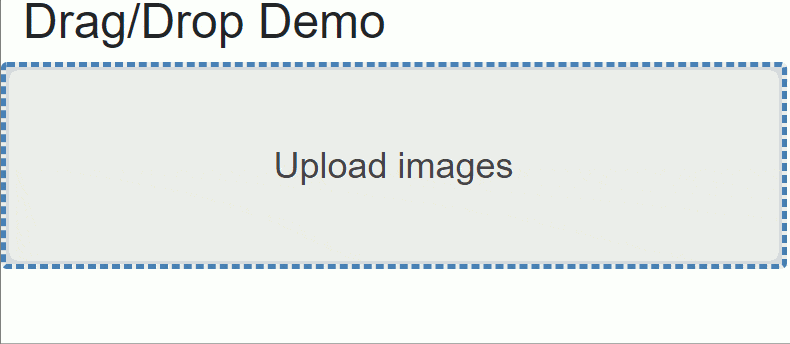

Likewise, if you use a private or internal repository, only people in your organization will be able to take part.Ī GIF showing how to enable Organization Discussions on GitHub By popular request: polls are here 📊 Therefore, if you use a public repository, then everyone will be able to see them.

The visibility of that repository will be used to control the visibility of organization-level discussions. You then configure which repository will be used to host discussions for the entire organization. How to start using Organization Discussions: You can turn on GitHub Discussions at the organization level by going into your organization settings and enabling Discussions. You can already see organization-level discussions in action in the Homebrew community, which uses it to consolidate its community questions, answers, and discussions across more than 20 repositories in one all-up view. Organization Discussions make it easier to centralize communications across projects and get a pulse on what’s happening across your community, teams, and company. GitHub Discussions will now be supported at the organization level-for open source projects, enterprises, and development teams alike. While this structure works well and continues to be sufficient for many projects, it became a blocker for organizations and communities with multiple repositories that wanted to adopt GitHub Discussions. We wanted to make sure community conversations lived next to a team or community’s code-and their issues, too. When we first launched GitHub Discussions, we made an intentional decision to scope discussions to individual repositories. Today, we’re excited to bring you a few new features that will help you communicate, collaborate, and connect seamlessly with teams and communities about the software you’re building with the help of GitHub Discussions. Our goal has been to give developers and communities a centralized place to have conversations, ask questions, document decisions, and connect directly from their repositories. We introduced GitHub Discussions to cut down on the amount of context switching and help make development workflows on GitHub more interconnected. You need to manage ideas from team members, talk about roadmap items, discuss feature requests, and have a record of your decisions.Īll of that typically involves going from your repository to a chat app, an email, a forum, or a … well, you get the idea.
#Github drop to gif zip file#
This will automatically compress the entire contents of the repository into a ZIP file and download it your machine.Whether you’re working in open source or building something at work, creating software today takes so much more than just code.

Click the “Code” button, and in the menu that pops up, select “Download ZIP.” To download it, navigate to the “Code” tab on the GitHub project’s page. If the GitHub page doesn’t have any “Releases” posted and there is no project website, then it probably only exists as source code on GitHub. Once you click that, you’ll be taken to the official website of the project, where you might be able to find a download link. If you don’t see any releases or README listed, look for a link to the project’s website, which you can usually find on the right side of the GitHub page under the “About” section.
#Github drop to gif archive#
You’ll either download the file you need, or you’ll be taken to the proper “Releases” page or some other archive that includes the files you want to download.


 0 kommentar(er)
0 kommentar(er)
